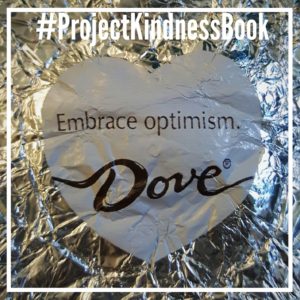Workout shoes matter…a lot!
My boyfriend and I recently went shopping and he ended up buying another pair of running shoes. This is something that people don’t always think about, but it actually is very important. Your shoes can either enhance and help you through your workout or they could be hindering you, causing damage and pain during your workout. There are several things to remember about your workout shoes: 1) Try to keep a general estimate of the number of miles you put on your shoes 2) Have a dedicated pair of shoes that you only use to workout 3) Be sure to find shoes that are specific to your activity–in other words, have running shoes for running, interval/circuit/cross training shoes if you’re doing multi-activity training, walking shoes for walking, and so on.
1) Be sure to estimate the number of miles you are putting on your shoes. Shoes need to be replaced typically after about 500 miles, but can range anywhere from 400-600 miles depending on your level of activity, type of activity, and how much “wear and tear” that is caused by your workout, or naturally occurs over time from extensive use. This is important because when your shoes start to breakdown, the padding which lends support to your feet starts to wear down. Further, your shoe laces get stretched over time and no longer keep your shoes snug and in place causing your shoe to be loose, causing your foot to lose valuable support.
2) Be sure you have a dedicated pair of workout shoes, or if possible two or three pairs that you can rotate to keep from having to replace shoes as often and to stretch their life a bit longer. I am definitely guilty of not switching mine out enough–shoes are expensive, so if you don’t either, you aren’t alone! Additionally, be sure to take shoes off properly—don’t step on the heels to take them off or pull them off without unlacing them. This causes damage and stretching to your shoes altering their protection and support to your feet. P.S. Be sure you are wearing the right size, too! This is vital and can prevent sores, chafing, and rough skin on your feet. If you aren’t sure, just ask to be sized, ask for advice, or even ask if they have a machine or computerized test that can look at each foot to determine where you put the most pressure. These are key components to not only successfully finding the right pair of shoes, but also to keeping your feet healthy and happy! 😉
3) Lastly, and maybe one of the most important tips to remember is to have shoes that are specific to the activity you are performing. Activity-specific shoes are vital to help with your overall success, performance, and can help enhance your ability to last longer, go farther, and challenge yourself more without pain, discomfort, or damage to your feet and heels. After all, your feet are a pretty important part of your body, so be sure to take care of them, appreciate them, and cherish them!
Maybe this gives you an excuse to go shoe shopping?! Or just an opportunity to reevaluate your workout shoes to ensure you have the right type and size!
~jj

